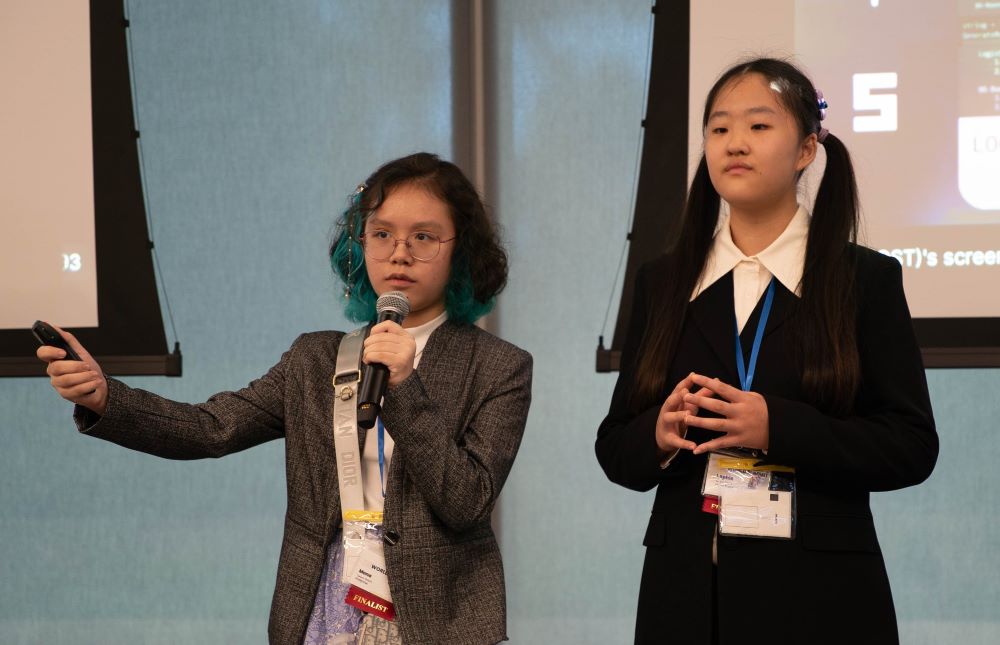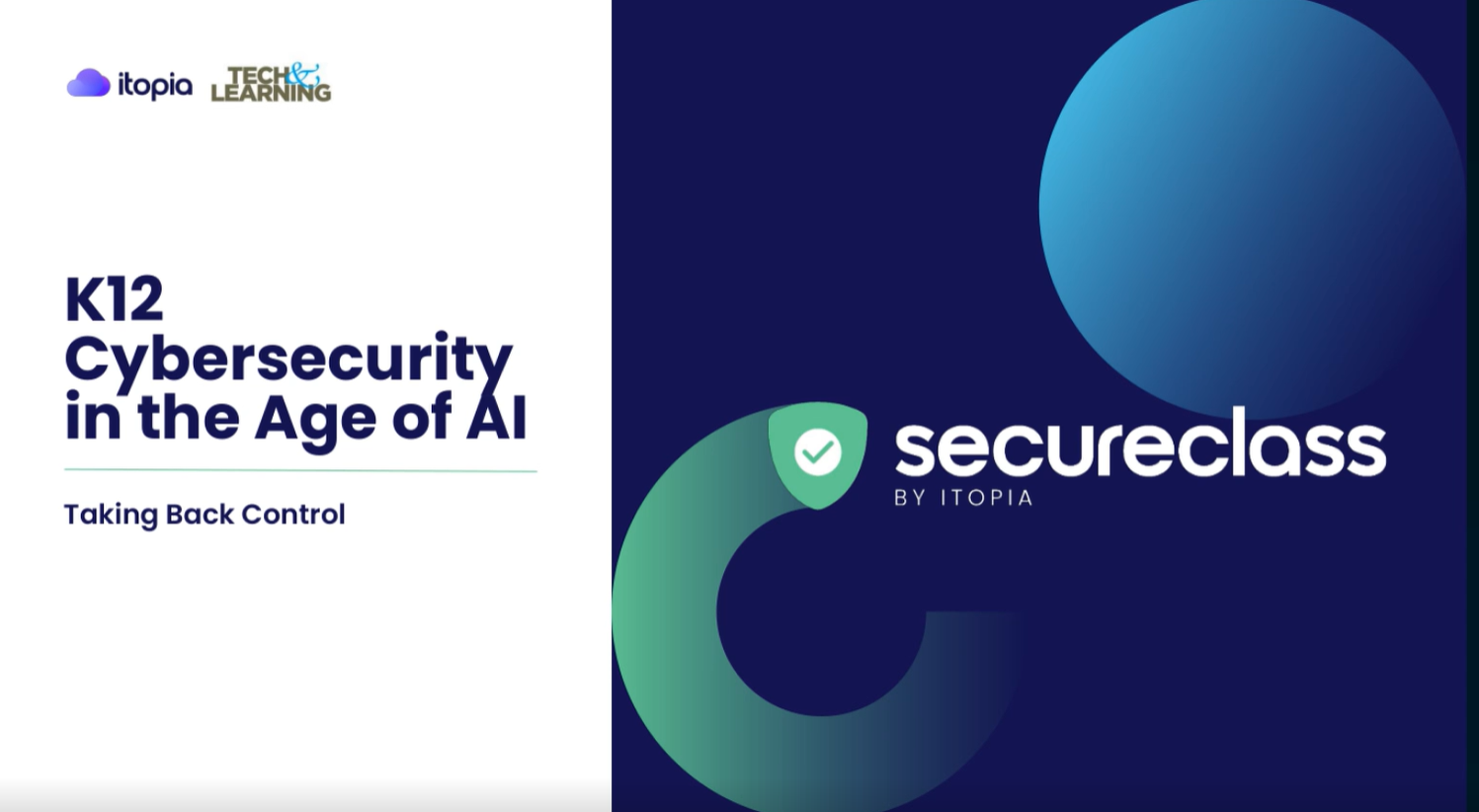4 Proven Strategies for Teaching AI to Girls – and Anyone
Simple strategies for effectively teaching AI to girls from Tara Chklovski, Founder and CEO of Technovation, and Shanika Hope, Director of Tech Education at Google

We don’t need the computing power of a large language model to realize we’re not doing enough to teach girls about AI.
Women account for just 22% of the global AI workforce, according to the United Nations. But the good news is we know the formula for AI teaching success, say Tara Chklovski, Founder and CEO of Technovation, and Shanika Hope, Director of Tech Education at Google.
Technovation, a tech education nonprofit, recently partnered with Google, UNICEF, and other organizations to launch The AI Forward Alliance, which seeks to impact 25 million young women globally by providing them with evidence-based and actionable AI training. The program utilizes the Technovation curriculum, which is available free to educators globally.
“76% of girls who go through our program go into STEM degrees, and then go into STEM careers,” Chklovski says.
The training is built on four principles that are based on motivation theory. Chklovski and Hope discuss how these principles can be used to encourage AI success in girls anywhere in the world.
1. Teaching AI to Girls: Provide Relatable AI Role Models
One key step to getting girls interested in the field of AI is providing examples of successful women in the field.
“You need exposure to role models, people who look like you, who talk about the challenges that they overcame to get to where they are. That's critical,” Chklovski says.
Tech & Learning Newsletter
Tools and ideas to transform education. Sign up below.
“There are incredible entrepreneur women founders who are building incredible organizations and incredible AI technology themselves,” Hope says. “So helping girls to see them helps them to identify that they too can do this — can build and use and design incredible technology that scales and is solving problems that they care about in their community.”
Hope adds, “This requires us to be intentional about the kind of learning that we are putting in front of girls in terms of the curriculum being culturally responsive and reflecting them. Giving girls the opportunity to see girls in the curriculum in the learning, so that they see themselves tech and that their voice is included and that they're at the table.”
2. Incorporate Project-Based Learning
Having students work toward real-world goals is another key to successful AI education for girls.
“It starts really with this idea of learning by doing,” Hope says. “We just have to give girls the opportunity and the access to actually start using the tools, building the tools, designing the tools.”
In addition, assignments need to be something each student is passionate about. “It's not enough to just say, ‘Oh, here's how an AI model works, and then go do a project at the end.’ That never works,” Chklovski says. “The Technovation model is to find a problem that you care about in your community. And then, ‘Oh, by the way, here are the ways in which you can build an AI model or train a data set to actually solve that problem.’”
3. Have People Who Believe In Each Student's Success
“You need people around you that have high expectations of you. And so this is where it's really critical for parents to understand how they should be supporting their daughters,” Chklovski says.
However, parental, and even educator, support isn’t enough. “It's very important to have mentors, who are not your teacher, not your parent,” Chklovski says. “These are typically bottlenecks for large-scale programs because we love the idea of putting content online and learners going through all sorts of obstacles to learn.”
Unsurprisingly, these online resources don’t work well alone. No matter how well one is designed, it will often go unutilized unless there is a personal touch. “We learn best when there are humans supporting and cheering for us,” Chklovski says. “So a key part of our model is to engage industry, volunteers and educators, and our alumna as mentors for these girls.”
Or as Hope puts it, successful AI education programs for young women require a supportive community. “So girls can practice and have a safe space to learn to fail fast, fail forward,” she says.
4. Celebrate Success
The final step is to have a large-scale celebration that honors the student’s success in completing the program or an AI project. These should involve lots of people cheering on the student in an emotional ceremony of some sort. “These are not easy to coordinate and large scale, but are critical to cementing in your brain, ‘Oh, my gosh, I did something so hard, and everybody cheered for me.’ You never forget that,’” Chklovski says.
Part of celebrating these achievements is recognizing the actual real-world impact of the projects students have completed. For example, one student in Bolivia created an algorithm for tracking illegal wildlife trafficking. Another student in India trained an AI model to recognize bird songs as a way of monitoring local pollution levels.
“One of the things that I love that Technovation does is that it's really not about teaching girls coding or teaching girls computer science,” Hope says. “It's this holistic experience that we're giving girls the tools and the capabilities, learning through doing, in a strong supportive environment so that they can build for the future and be a part of the future.”
Erik Ofgang is a Tech & Learning contributor. A journalist, author and educator, his work has appeared in The New York Times, the Washington Post, the Smithsonian, The Atlantic, and Associated Press. He currently teaches at Western Connecticut State University’s MFA program. While a staff writer at Connecticut Magazine he won a Society of Professional Journalism Award for his education reporting. He is interested in how humans learn and how technology can make that more effective.

